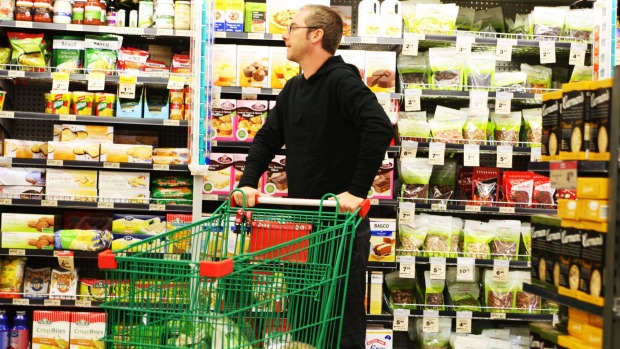Thoughts on the future for Woolworths in New Zealand
Over the past few years Woolworths has been under the hammer to get their supermarket offering right, to reduce consumer prices and improve customer service. The new management team have big plans and the marketing messages all sing a good tune, but is it all too late for Woolworths?
Reviewing the Fundamentals
Woolworths has historically been the dominant grocery retailer in Australia, but over recent years that position has been eroded by a resurgent Coles and the ongoing rise of Aldi. Not only have they had to re-look at their price positioning in the marketplace, but they have had to reassess the general condition of their stores and trolleys, customer service, queue times and the availability of products.
Cost Reduction
The cost of a basket of goods has been a major influencer in the grocery market, and with the Woolworths $500 million investment in reducing grocery prices they are definitely using this as a key message to entice consumers back to their stores.
Deutsche retail analyst Michael Simotas said Woolworths had become “too expensive.” But with the recent reduction in prices, a family that does its weekly shop at Woolworths has reportedly gone from spending about $5 more than what it would have cost at Coles to paying about $1 less.
This reduction in spending is something Woolworths is pushing, with signs outside each store that say a trolley-load of groceries that cost $246 at the start of the year now only costs $200.
Store Improvements
The director of supermarkets Dave Chambers stated that he was “shocked” by what he saw in store when he first took on the role earlier this year. He is now investing A$65 million over the next 12 months upgrading its fleet of shopping trolleys, fixing rusty shelves and holes in floors, improving lighting and signage, and removing gates to make stores appear more welcoming.

Customer Demands
They have also introduced a new loyalty scheme which gives you instant money off your groceries. The data collected from the loyalty program is helping them understand what and where customers are buying products.
There is talk that Chambers is considering replacing the current nine store formats with just four types of store – premium, mainstream, mainstream rural and budget – to better reflect demographic and geographic differences in shopping habits. Chambers stated that “We might see more value-oriented stores that have more space given to good products but in affluent communities more space given to best products.”

By changing the format of these stores it will enable them to address the problem of availability and product choice, giving the consumers the right products every time they shop.
Service Levels
Woolworths have recognised that service levels and shopper experience is something that needs to be addressed immediately, and the research they are conducting called “voice of the customer” is able to give results within a day. This allows store managers to take swift action to remedy problems, which we see as particularly positive.
Will it Work?
Frankly, they have no other choice if they are to recover. The position they find themselves in is entirely of their own making, and they need to fight their way out with an extended campaign of renewal.
Consumer perceptions take time to change, and as it has taken a sustained period of behaviour to create the problems they have, so will it take a sustained period of alternate behaviour to turn it around.
